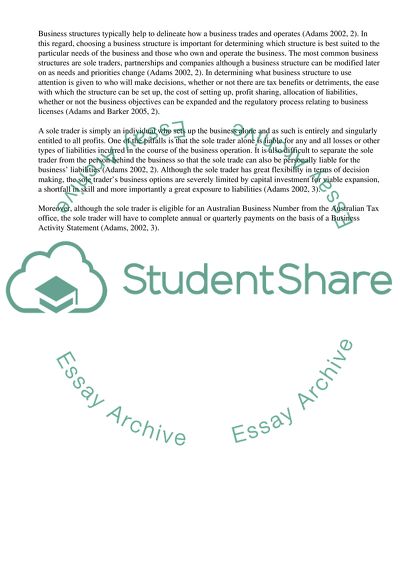Cite this document
(Australian Regulatory Environment Case Study Example | Topics and Well Written Essays - 2750 words, n.d.)
Australian Regulatory Environment Case Study Example | Topics and Well Written Essays - 2750 words. Retrieved from https://studentshare.org/business/1727688-australian-regulatory-environment
Australian Regulatory Environment Case Study Example | Topics and Well Written Essays - 2750 words. Retrieved from https://studentshare.org/business/1727688-australian-regulatory-environment
(Australian Regulatory Environment Case Study Example | Topics and Well Written Essays - 2750 Words)
Australian Regulatory Environment Case Study Example | Topics and Well Written Essays - 2750 Words. https://studentshare.org/business/1727688-australian-regulatory-environment.
Australian Regulatory Environment Case Study Example | Topics and Well Written Essays - 2750 Words. https://studentshare.org/business/1727688-australian-regulatory-environment.
“Australian Regulatory Environment Case Study Example | Topics and Well Written Essays - 2750 Words”. https://studentshare.org/business/1727688-australian-regulatory-environment.


